Thinking about yesterday’s post analyzing the opening dream sequence of The Wind Rises [1] I thought I’d make a simple table listing the alternating sequences, dreamtime and mundane time (I’ll get to the reason I don’t all it “reality”), along with a short description of each. It seemed clear enough to me that that was the overall pattern of the film, a half-dozen or so dream sequences cut into the thread of Horikoshi’s mundane life. It also seemed to me that Miyazaki’s general idea is that those dreamtimes are fully capital “R” Real though in a different mode from mundane life – hence my reluctance set up an opposition between dream and reality.
Both are real, but in different ways. We take materials from our waking lives into dreamtime and work with them there. Conversely, what transpires in dreamtime bears on and influences our waking lives.
So, I set out to chart the film’s alternation between dreamtime and mundane-time without any particular intention of going through the whole film in one setting. I figured that it would take me several hours spread out over two or three days and it would make a nice post. After, say, a bit over an hour of work, I’d gotten about 35 minutes into the film, which runs two hours, and decided to write up these notes, which are more modest in scope.
What Miyazaki’s doing is just a bit more sophisticated than an alternation between dreamtime and mundane-time, though the spirit of that conjecture is sound. Here’s a relatively brief example of how Miyzaki deploys different modes of existence, to borrow a phrase from Latour [2].
Horikoshi at Work
Horikoshi has completed college and taken a job as an aeronautical engineer with Mitsubishi. Here we see him at work on his first day, making calculations with his slide rule:
00.34.27
Notice the numbers at the lower left of the frame grab; that’s the timing in hours, minutes, and seconds. The timing starts at the beginning of the DVD, not of the film proper. Subtract 24 seconds or so to get the time from the beginning of the film.
As an aside, I have no idea what the younger members of Miyazaki’s audience will make of his slide rule. Will those under what? 30? 40? even recognize it? Has anyone under 45 used one?
In any event, we’ve seen this slide rule before. Horikoshi was traveling by train back to his college in Tokyo – trains are a motif in this film (and in other Miyazaki films). The girl who would become his wife when she’d grown up, Naoko Satomi, was traveling on that train with her maid. Horikoshi met them, though of course he had no inkling of their future together, and befriended them when the train was derailed by the Kanto Earthquake of 1923. The maid’s leg was broken and Horikoshi used his slide rule to splint it. That connection is surely not accidental.
Here we have a shot of Jiro at his desk looking down at his work. Miyazaki is simply calling our attention to his eyes and glasses, which had figured so prominently in his decision to become an aeronautical engineer.
00.34.32
Now – entering his point of view? – we see Jiro making calculations. Notice the sketch of a wing section:
00.34.38
As Jiro writes the page dissolves into a nautical scene:
0034.42
And then we see Jiro dissolve into what looks like a flying plane; but it’s not quite a ‘real’ plane as there is no cockpit and it is completely white, without the markings a real plane would have:
00.34.49
What’s going on? Is Jiro imagining the plane, perhaps flying over the ocean? Jiro’s face dissolves out of the scene completely as we’re left with nothing but the plane. We zoom in on the wing and the skin disappears so that we can see the frame and struts as the air streams by:
00.34.57
The camera zooms back and once again we’re looking at the plane head-on, as it was when we first saw it superimposed on Jiro’s face. The struts break and the wing breaks apart:
00.35.00
Jiro is startled...
00.35.02
...as the plane continues breaking up:
00.35.03
I’m not entirely sure how to describe this:
00.35.04
His papers are streaming upward off the desk and his clothes and hair are pulled upward. It’s as though Jiro and his desk were plummeting down with the plane.
It seems as though, while working on the design of the wing strut fitting – the task he’d been given – he is imagining how the plane would behave with that strut in place. It does not behave well. As this imaginary plane comes tumbling out of the sky Jiro identifies with it and Miyazaki shows us that identification in the motions of his papers, hair, and clothes. His friend Honjo, who is also working at Mitsubishi, interrupts him while he’s thinking and suggests that they go to lunch.
That’s Honjo on the left, but notice the background. Miyazaki loves casual play with the registers of reality. Jiro is still immersed in his work:
00.35.08
And so they go to the company commissary (that’s Jiro at the far left, Honjo is next to him in line):
00.35.19
After lunch they go to the assembly floor to inspect the plane. Jiro examines the wing strut and doesn’t like it. He works on a redesign back at work, but it can’t be used because it would require the redesign of the wing.
A couple days later the plane takes a test flight. All goes well until the pilot enters a power dive to see how fast he can push the plane. The camera zooms in on a wing just as it starts vibrating wildly. Just before it fails we get to see through the skin to the airframe:
00.40.15
And then the wing breaks apart
00.40.16
And the plane plummets to the ground, though the pilot managed to parachute to safety.
00.40.18
Why the X-ray view of the failing wing? It’s not as though this was taking place in Horikoshi’s or anyone else’s mind. This is a real event, firmly anchored in mundane time. What that view does do, of course, is link the failure of this plane with what Horikoshi had been imagining a few days ago. It spells out a direct connection between design work and aircraft performance.
It’s not, of course, that anyone doubts such a connection. But, as I’ll argue shortly, Miyazaki is stalking metaphysical game, and that requires that obvious things be spelled out so that we can see and think about them.
Later that day Horikoshi’s boss, Mr. Kurokawa, is sifting through the ruins in the rain.
00.40.40
Horikoshi urges him to pack it in for the day. Kurokawa asks: “Jiro, be straight with me. Do you think the strut fitting failed?”
“No. I think the problem here is much deeper and more complicated than we thought.”
They didn’t get the contract. With help from the Germans, they’re going to design and build a bomber. Horikoshi is going to Germany to study Junkers designs [3].
All Modes of Existence are Real
Nothing much. That is, nothing that doesn’t happen day in and day out in the world of engineers and the devices they design and build. Miyazaki is showing us the connection between thought and imagination and physical realization and performance. And the thinking he’s showing is, in today’s academic lingo, embodied cognition. Horikoshi was so absorbed in imagining the failing plane that he experienced it in his body and that he was temporarily lost to the world. Earlier in the film we had seen Horikoshi’s mother waken him from a dream (not the first one, that opened the film, but the second one, where he met Caproni). Now his friend Honjo had to pull him back from his design reverie.
This is a more modest game than the ones that Miyazaki plays with dreams. But the point is the same. The world comes to us in different registers, different modes, but all of them are real. This more modest demonstration strengthens what Miyazaki is doing with dreams. That’s not mere filmic razzle-dazzle, it is about reality.
Miyazaki is now dealing with at least three registers of the real: mundane-time, dreamtime, and thought-imagination-time. There are no doubt others in the film as well.
Finally, I observe that this kind of thing seems particularly suited to Miyazaki’s medium, animation. Remember that animation emerged at the same time as live-action film-making – perhaps earlier, depending on how you score the details of early history (I’m thinking of things like flip-cards). Animation is, in general, a difficult and demanding medium; more expensive, foot for foot, than live action film. But some things in live action film are more expensive than others.
If you are going to shoot a contemporary story, say a detective story, that’s relatively cheap since the contemporary world is readily available. No doubt you will want to build some sets so that you have complete control over the working environment, but it’s not like doing a period piece. There you have to construct a completely different world – ancient Rome, Merrie Olde England, whatever. And you have to create period costumes, which are more expensive than contemporary clothing. Convincing dream sequences will require expensive special effects if they are to be convincing. And science fiction! now we’re creating whole different worlds.
In animation, it is all the same. No matter what it is, you draw it. And you CAN draw it. All worlds, all registers of reality, can be drawn. To a first approximation, they all require the same time and effort. Thus animation is a perfect medium for metaphysical exploration and expression. It is a medium in which all registers of being, all modes of existence (to return to Latour), are on the same footing. Or, to invoke an earlier Latour, in animation all actors in a network are on the same footing: lines and colors on the page.
That is what Miyazaki is exploring in The Wind Rises.
References
[1] The Wind Rises, It Opens with a Dream: What’s in Play?, URL: http://new-savanna.blogspot.com/2015/11/the-wind-rises-it-opens-with-dream.html
[2] Latour talks of modes of existence. I have several posts on his idea, including this one: Of Factish Gods and Modes of Existence, URL: http://new-savanna.blogspot.com/2012/06/of-factish-gods-and-modes-of-existence.html
Latour has set up an online workshop based on his book, An Inquiry into Modes of Existence, URL: http://modesofexistence.org
[3] Junkers Flugzeug- und Motorenwerke AG, a major German aircraft manufacturer. Wikipedia notes:
The Nazi party came to power in Germany in 1933, and all German aviation development was shifted away from long-range civil aircraft types. Hugo Junkers himself was forced to transfer all his patents to the Nazis, who doubted that Junkers (a socialist pacifist) would comply with their plans. Shortly after, his holdings were expropriated and he was placed under house arrest.
The movie doesn’t depict that, though it is quite explicit that Junkers plants operated under military guard. Wikipedia URL: https://en.wikipedia.org/wiki/Junkers

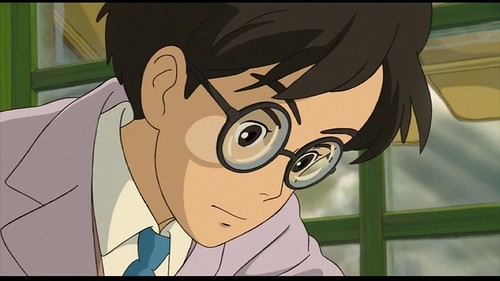
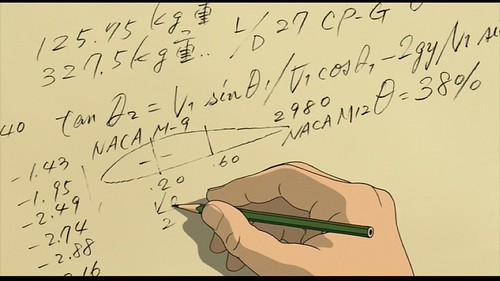
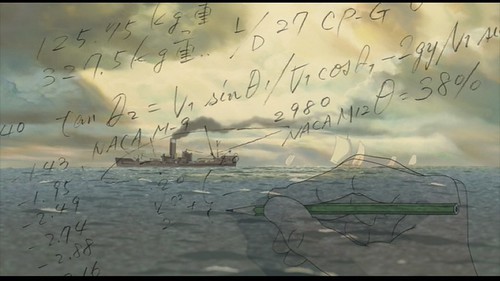
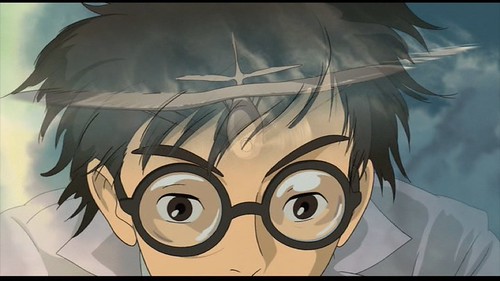

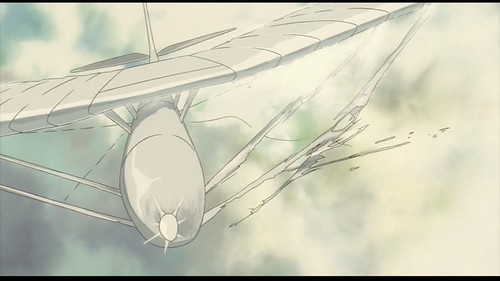
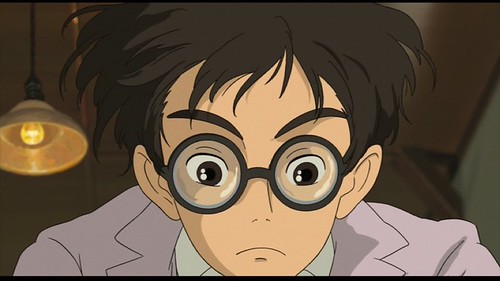

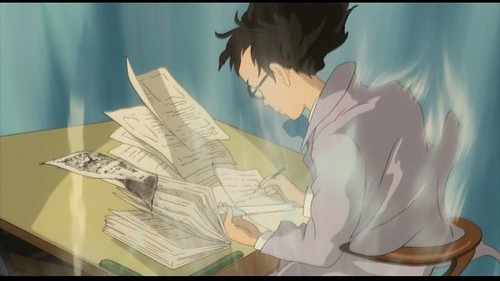
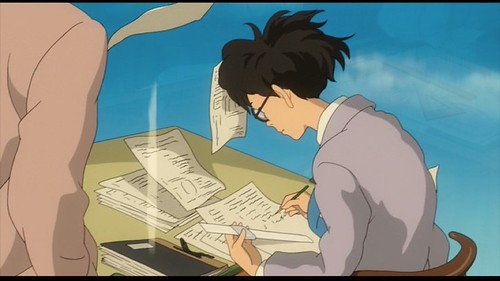
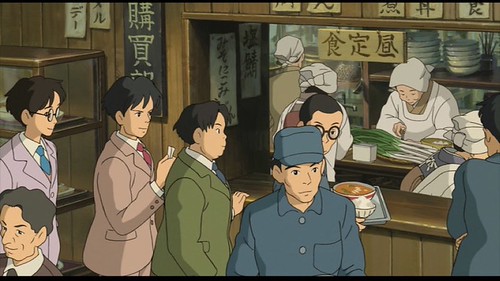
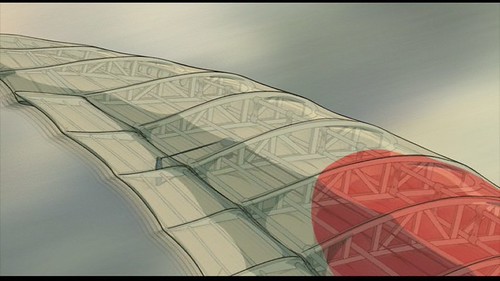
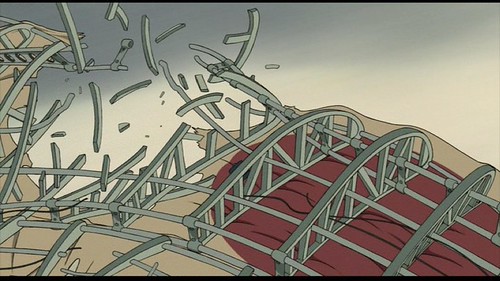
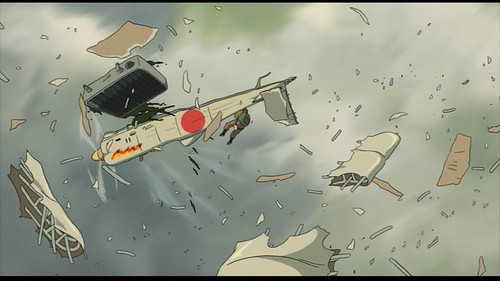
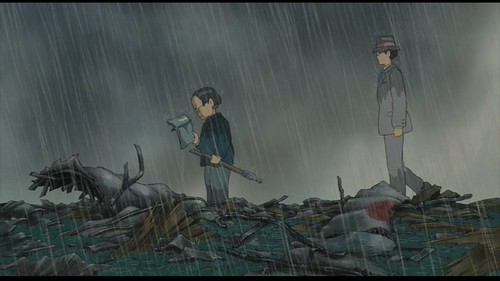
No comments:
Post a Comment